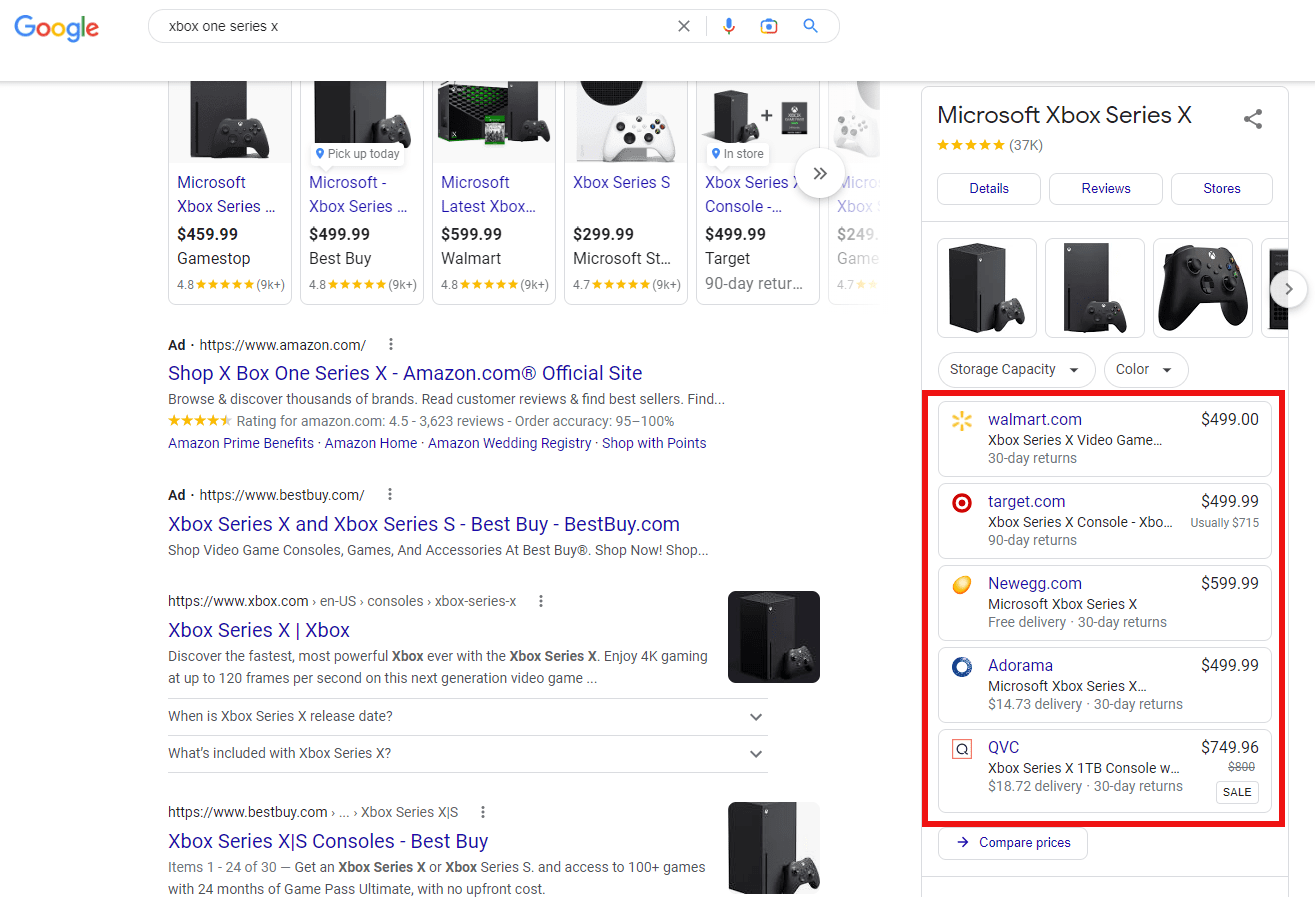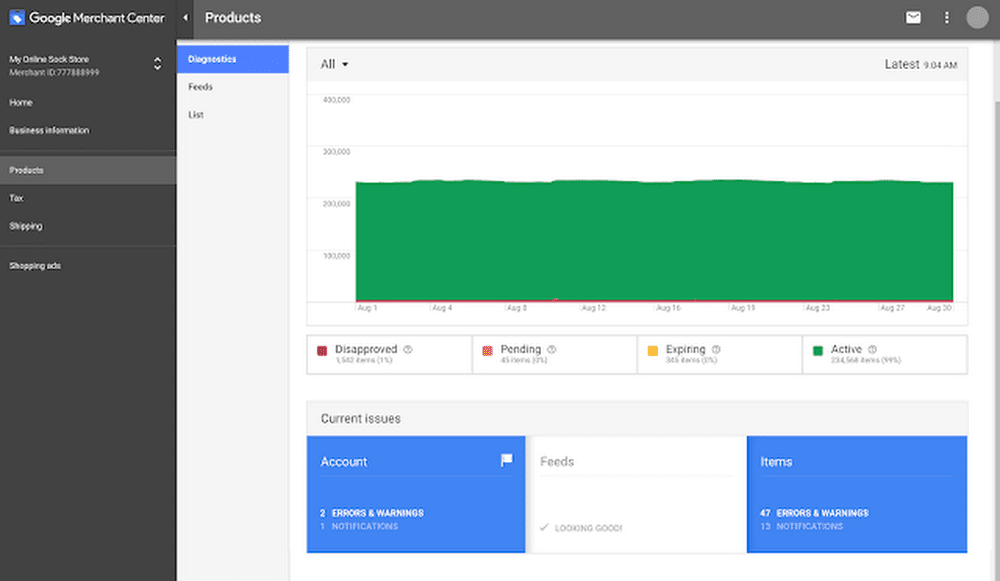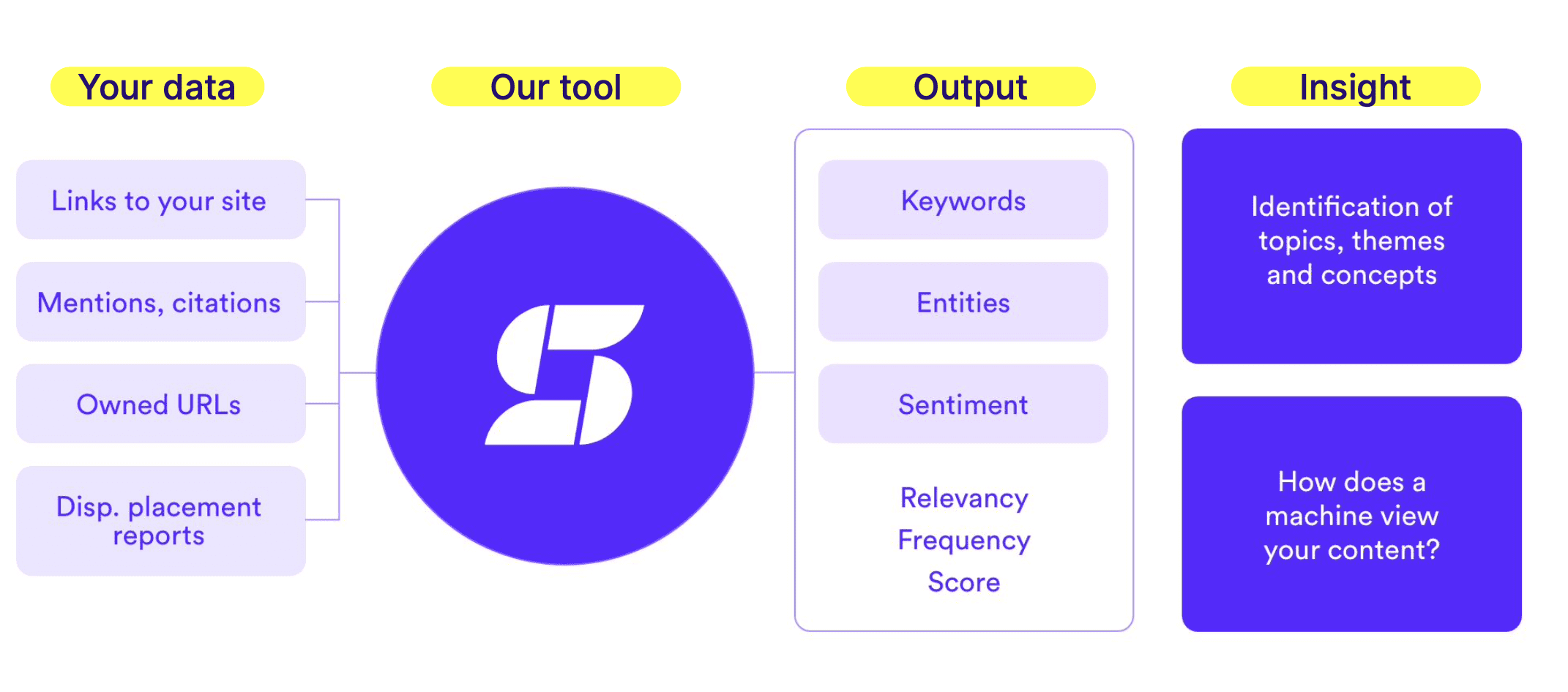Companies Need References to Recruit Top Talent—Here’s How to Get Them
Wake up, companies: Worker power is growing.
Everyone’s hopping jobs, demanding livable wages (gasp—the audacity!), and leaving toxic workplaces in the dust. Jumping to new companies is a popular exit path, but some workers are going the freelance route, or more radically, quitting with no plan at all.
When you’re hiring, you’re not only competing with other companies, but also with being your own boss and just vibing at home. If you don’t have a strong employer brand… well, good luck beating the appeal of freelancing in your PJs.
Doing nothing today due to an overwhelming need to do nothing
— michaela okland (@MichaelaOkla) May 22, 2022
The point is: People won’t jump ship for just a pay raise. Taking a new position is a big risk, and you can’t easily go back if your new job sucks. That’s like asking your ex for a second chance after your Hinge situationship starts flying all their red flags.
In other words: YOUR COMPANY NEEDS REFERENCES. The best candidates want to know it’s safe before they jump, and employee advocacy programs are how you show them where they’ll land.
When businesses put out a job vacancy we need references on there too.. I want to ask your former employees wtf I getting into cause y’all be lying about your company culture.
— 6Goddess Dash (@itsdashszn) March 1, 2020
So if you want a trillion-plus brownie points from HR, send your favorite recruiter this article for a crash course on employee advocacy.
By creating social content for your teammates to share about your company’s culture, projects, and benefits, you’ll help them create a shiny employer brand and attract qualified candidates who… uh, also don’t suck as people. (Brilliant jerks are just liabilities.)
Let’s explore how.
Convincing people to change jobs is HARD
Since Miss Rona came to town (permanently, it seems), workers have been telling their employers to kick rocks. Wages aren’t high enough, everything is getting more expensive, and bosses with boundary issues make work hell for millions.
Quitting’s been normalized, and the hustle culture of the early ‘10s is finally getting kicked in its stubby little shins. (Love that.)
But quitting isn’t a catch-all cure for work malaise. Workers in the service and heavy industries are still leaving their companies in droves; meanwhile, many knowledge workers who hopped jobs early in the pandemic are feeling quitters’ remorse.
This isn’t about money, either. MIT found that bad work cultures are the single-biggest factor behind the Great Resignation. Pay issues are way down in sixteenth place, which makes sense. Workers aren’t robots, and not being respected as a person is a powerful reason to walk.
@pasha your new resignation template is here 🥰 #comedy #jobs @vince.lam
What’s more, 86% of job-seekers are using social media to research jobs. And a real worker posting “my job treats me well” is way more motivating than bleating “wE aRe roCkStaRs” all over the company LinkedIn.
When it comes to employer brand, worker testimonials are the ultimate green flag.
That’s why employee advocacy is so powerful for recruiting, and why social teams should make it easier (not harder!) to speak out about life at work.
Employees with active Twitter accounts who engage their professional communities and build personal brands are assets to the companies they work for–not liabilities.
Responsible social media use for professional development and discourse should be encouraged–not dissuaded.
— Jon-Stephen Stansel (@jsstansel) June 9, 2021
(Already on board? Hootsuite Amplify is right this way, my friend.)
Let employees make the first impression for you
Every employee advocacy program involves getting employees to share company-related content on their personal social accounts.
You might not have reach like reigning TikTok king Khaby Lame, but you could still influence your college roommate to submit a job application. That’s the goal, no matter what type of advocacy content you’re creating.
At Hootsuite, we get high (numbers of engagements) on our own supply (of employee advocacy tools). That was a reach, but you get what I’m saying, right?
Our social team uses Hootsuite Amplify every day to create posts that the rest of the company shares to promote their work and our employer brand. Amplify posts are great at driving sales, too—but that’s another topic.
Shout out to our social team, too, because their advocacy content is KILLING it. Our InMail messages get 213% higher acceptance rates when candidates have three prior touchpoints with the Hootsuite brand. If your favorite coworker from your old job works at Hootsuite, you’ve probably got those three bits of exposure yourself. Hell, you’re reading this article, so that counts, too.
Employee advocacy has a direct impact on our hiring pipeline. A whopping 83.6% of our hires between June 2021 and May 2022 had prior exposure to the Hootsuite brand on LinkedIn.
We got 8.9 million organic impressions in the first half of 2022, and Amplify shares made up 8.4 million of those views. There’s no other way to describe that impact besides massive.
Our VP of Product Marketing and Brand Christine Buck sums it up perfectly: “Amplify lets us show what it’s like to work for Hootsuite through the eyes of the beholder, our employees.” (Although tbh, LinkedIn does help by yelling at all our connections whenever we post.)
This B2B company uses employee advocacy to flood their hiring pipeline with A+ applicants
Antalis is a paper company. Yes, just like THAT paper company, but unlike THAT paper company, Antalis isn’t reenacting Silence of the Lambs during meetings. Instead, they’re using employee advocacy programs to speed-run the whole hiring process—and Hootsuite Amplify makes it all happen.
The Antalis team started by recruiting employees who already had LinkedIn profiles, and got a professional photographer to take fresh headshots. Once they’d banished the grainy iPhone pics, Antalis’ social team started creating content about sustainability and creativity for ambassadors to share through Amplify.
Suddenly, Antalis was telling its corporate story through employees, who were pumped to share content that reflected their passions and values.
Flash forward 12 months: Antalis’ employee advocacy program has been a total smash, and employees have shared over 2,400 posts through Amplify. Job postings take three weeks less to fill, now that candidates can get to know the Antalis brand through employee posts. Direct referrals provided by Antalis employees can (and do!) cut that time down even further.
They’re winning like never before, and we love to see it.
Building your employee advocacy program won’t take long
Employee advocates are powerful influencers, and building your own internal program isn’t rocket science. You just need to know who you want to hire, roughly what they care about, and how to give your teammates shareable posts your target hires connect with.
All you social marketers: Make sure your recruiting team reads this section, so they know exactly how the sausage gets made.
Last year, Meliá promoted a project that gave us a leading role and maximised our power for greater social influence. It’s called Amplify and it’s been developed by our Hootsuite friends. Meliá’s best ambassadors are its people! pic.twitter.com/xws8k4Xy9p
— Patricia Jaen (@patriciajaenv) July 31, 2018
Figure out who you’re struggling to hire
When starting out with employee advocacy, you’ll want to target a few core types of candidates. We guarantee you’ve got at least one department that’s really in need of fresh blood, and your target audience should be the candidates your HR team is most desperate to hire.
Shoot your favorite recruiter a DM, and ask: “Hey—I’m starting to build posts for our employee advocacy program. Could you tell me which roles we’re struggling to hire for right now?”
They’ll know better than us marketers, so go right to the source.
There are bare roles at Wealthsimple right now. We’re hiring like crazy.
Take a look, I’m always happy to link people from the community an employee referral.
Please tap in.
I need as many of us in here as possible.https://t.co/4v1MfgUVB4
— Jermaine Jupiter | The Jobfather™️ 🇯🇲🇨🇦🇬🇧 (@JermaineJupiter) April 26, 2022
Maybe you’re gearing up for a big marketing blitz, and need more copywriters. Or maybe you’re building a swanky technical product, and need 10 new developers, like ASAP. Maybe good executives are proving hard to come by, so you might even have a hiring gap at the top.
Just pick one or two groups, and focus on them.
Cherry-pick themes that your target hires care about
Once you’ve narrowed down to a few target audiences, talk to your teammates who already work in those roles. Ask them about the parts of their job they find meaningful, and the types of content they engage with on LinkedIn. (It never hurts to ask what work-related meme pages they follow, either.)
Take some notes, and pick out the key themes that are important to people. Developers might be keen to share ways they build accessibility into your products. Marketers might love silly, meme-y content about moments at work. Executives might be passionate about promoting diversity, equity, and inclusion (DEI) initiatives and stories about employee success.
You’ll never know until you ask.
Fire up Hootsuite and start creating posts through Amplify
No more research, my friend—you’re ready to start posting! Open up Hootsuite, and start crafting posts in Publisher around the themes your target hires care about.
Remember: You’re writing on behalf of your teammates, not the company. Use “I” instead of “we,” and go conversational instead of corporate. And if you’re ever stuck, just look your coworkers up on LinkedIn. Peoples’ organic posts are great inspiration for posts that feel real and trustworthy, and that’s the exact impression you want to give potential hires.
Once you’re done drafting a post in Publisher, just click “send to Amplify.” Your whole team will have access to the post on Amplify, and they’ll be able to share it on all their own social profiles right from their Hootsuite dashboard.
Boom, done—that wasn’t hard, right?

Measure the results and tweak your strategy
Once you’ve run your first few Amplify campaigns, open up Hootsuite Analytics and peek at how you’re doing.
At a glance, you’ll be able to check how many active Amplify users you’ve got, the sign-up rate, the number of impressions you’ve got from employee shares, and which posts are most popular. (And much more, too!)
This data is—pardon me—freaking gold. You’ll spot what’s working, change what isn’t, and prove your impact on hiring to all those sweaty stakeholders.
That’s exactly how we measured the 213% increase in InMail acceptance rates our Amplify campaigns drive, and there’s really no arguing with those numbers.
Once you’re hooked up, you’ll get just as much mileage out of your data. If Amplify posts about your company benefits are sealing the deal with new hires, you’ll know to write more. If you’re fighting to get teammates sharing, you’ll know to adjust your voice or the types of posts you’re creating.
Nothing’s camouflaged, and everything’s easy to measure.



So, what’s next?
By this point, you’re pretty much an expert on employee advocacy for hiring. And you know that the most competitive brands are turning employees into ambassadors to attract top talent. (Shout out to our friends at Duolingo and McDonald’s—you’re ALL doing great).
Don’t worry, you’re just in time to join the party. The tools and expertise you need are right here, so let’s get you plugged into Amplify so you can start leading employee advocacy campaigns and building your employer brand, ASAP.
Your people team says thank you in advance.
Ready to help HR hire better candidates, faster? Watch our panel webinar on employee advocacy.
Hootsuite Amplify makes it easy for your employees to safely share your content with their followers—boosting your reach on social media. Book a personalized, no-pressure demo to see it in action.



![Ranking Factors: Fact Or Fiction? Let’s Bust Some Myths! [Ebook]](https://ecommerceedu.com/wp-content/uploads/2022/10/rf-ebook-download-banner-62e8c6126ffe8-sej.jpg)










